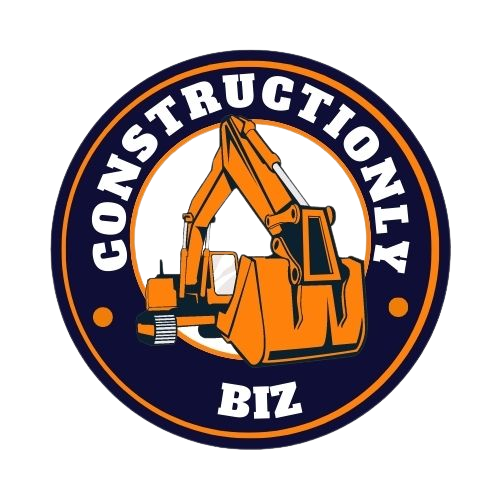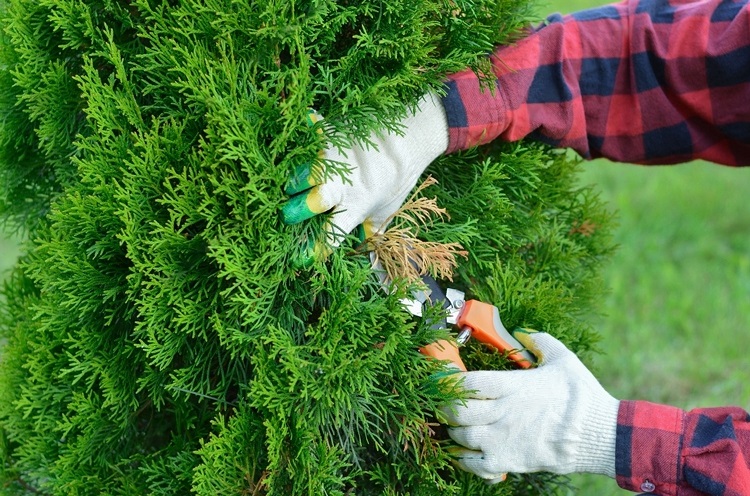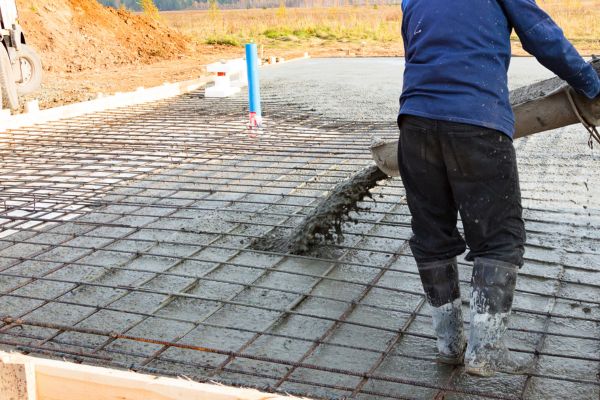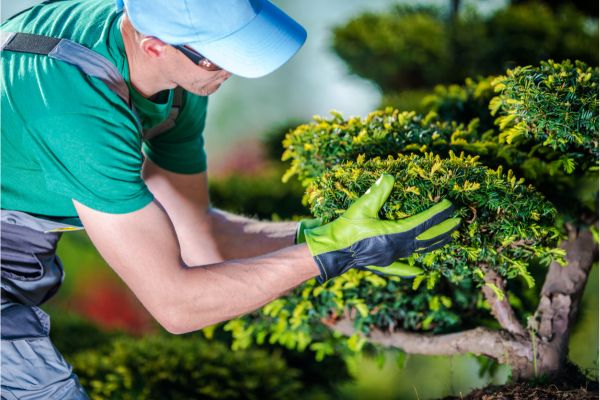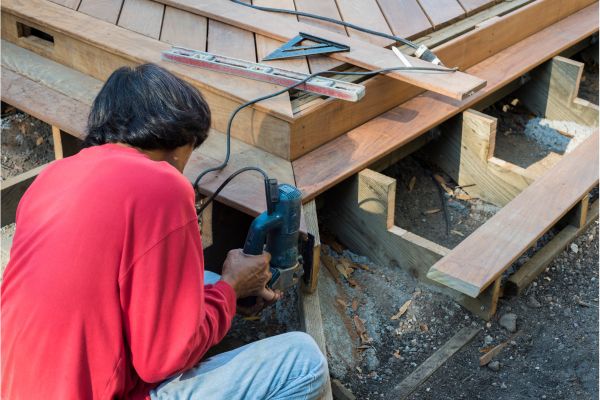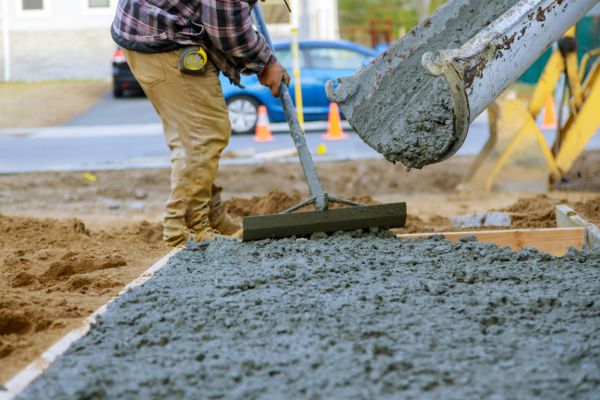Tree care is an essential part of maintaining a healthy and vibrant landscape. Whether you’re a seasoned arborist or a novice gardener, taking care of your trees is a rewarding endeavor. But to do it effectively, you need the right tools and a keen focus on safety.
In this guide, we’ll explore the world of DIY tree care, emphasizing the importance of using the right tools and following safety tips. Not only will this save you money, but it will also ensure the well-being of your trees and your personal safety.
So, before you roll up your sleeves and start pruning or trimming, let’s delve into the essential tools and safety precautions you need to consider.
The Importance of DIY Tree Care
1. Tree Health and Longevity
Your trees are not just ornaments in your yard; they are living organisms that play a crucial role in the environment. Proper care ensures their health and longevity. By taking the DIY approach, you have a direct hand in preserving the life of these natural wonders.
2. Cost Savings and Satisfaction
Engaging in DIY tree care can save you money. You won’t have to hire professionals for routine tasks like pruning or basic maintenance. Plus, there’s a profound sense of satisfaction in watching your trees thrive under your care.
Essential Tools for DIY Tree Care
Taking care of your trees effectively requires the right set of tools. Here are the basics:
1. Pruning Shears
Pruning shears are your go-to tool for precision cuts. They are ideal for removing small branches, leaves, and twigs. Opt for high-quality shears that provide clean cuts to prevent damage to your trees.
2. Hand Saw
Hand saws are essential for cutting through thicker branches. Look for a saw with sharp teeth and a comfortable grip for easier use.
3. Loppers
Loppers are designed for larger branches that pruning shears can’t handle. They offer better leverage and allow you to trim branches up to 2 inches in diameter.
4. Chainsaw (for Advanced Users)
Chainsaws are suitable for more extensive tree work, but they require experience and safety precautions. If you’re not familiar with chainsaws, consider consulting a professional.
5. Tree Stakes and Ties
Staking and tying help young trees grow straight and sturdy. Use soft materials to avoid damaging the bark.
6. Soil Auger
Soil aeration is crucial for tree health. A soil auger can help you provide the necessary oxygen and nutrients to your tree’s root system.
7. Mulch and Compost
Mulch and compost contribute to soil quality, moisture retention, and weed suppression. They are vital for the overall health of your trees.
Remember, each tool has its specific purpose and should be used carefully to avoid accidents or tree damage. Always read the manufacturer’s instructions and use appropriate safety gear.
In the next sections, we’ll delve into the safety measures you should take and explore pruning and trimming techniques, seasonal tree care, common mistakes to avoid, and the benefits of DIY tree care.
Safety First: Tree Care Precautions
Before you embark on your tree care journey, it’s essential to prioritize safety. Here are some crucial safety tips:
1. Personal Protective Equipment (PPE)
Always wear PPE, including gloves, safety glasses, and a helmet if you’re working at heights. Proper attire protects you from falling debris and sharp branches.
2. Check for Power Lines
Before you begin any tree work, survey the area for overhead power lines. Never work near them, and always maintain a safe distance.
3. Plan Your Work
Careful planning ensures a smooth and safe operation. Assess the work you need to do, establish a clear plan, and consider the potential risks.
4. Avoid Unsafe Weather Conditions
Never work on trees during inclement weather, especially when it’s windy or wet. Slippery conditions can lead to accidents.
5. First Aid Kit
Have a first aid kit on hand in case of any minor injuries. It’s always better to be prepared.
By following these safety precautions, you can significantly reduce the risk associated with DIY tree care. Safety should always be your top priority.
Pruning and Trimming Techniques
Pruning and trimming are essential aspects of tree care, helping to maintain their health and appearance. Here’s a brief overview of some basic techniques:
1. Thinning Cuts
Thinning cuts involve removing entire branches back to the main trunk or another lateral branch. This helps improve air circulation and sunlight penetration within the canopy, promoting healthy growth.
2. Heading Cuts
Heading cuts involve removing a portion of a branch, which encourages new growth. It’s often used to shape the tree and control its size.
3. Reduction Cuts
Reduction cuts are used to reduce the height or spread of a tree. This technique is helpful in managing a tree’s size while preserving its natural shape.
For detailed instructions on how to execute these cuts properly and safely, consult reputable tree care resources or consider seeking guidance from a certified arborist.
Tree Care Throughout the Seasons
Caring for your trees should be a year-round effort. Different seasons require different tasks:
Spring
- Pruning to remove dead or damaged branches.
- Fertilizing to provide nutrients for new growth.
Summer
- Regular watering, especially during hot and dry periods.
- Monitoring for pests and diseases.
Fall
- Raking leaves and removing debris from around the base of the tree.
- Deep watering to prepare for the winter.
Winter
- Protecting young trees from frost and freezing temperatures.
- Pruning, but be cautious in extremely cold weather.
By adapting your care routine to each season, you can ensure the health and vitality of your trees.
Common Tree Care Mistakes to Avoid
While DIY tree care is rewarding, it’s easy to make mistakes. Here are some common ones to avoid:
1. Over-Pruning
- Excessive pruning can stress the tree and leave it vulnerable to disease.
2. Improper Cutting Techniques
- Incorrect cuts can lead to damage and decay. Learn the right techniques for each situation.
3. Neglecting Safety Measures
- Ignoring safety gear and precautions can lead to accidents or injuries.
4. Skipping Regular Maintenance
- Consistent care is essential. Neglecting it can lead to a decline in tree health.
By staying informed and being cautious, you can prevent these mistakes and enjoy successful DIY tree care.
Benefits of DIY Tree Care
1. Cost Savings
- DIY tree care reduces the need for professional services, saving you money in the long run.
2. Personal Satisfaction
- Watching your trees thrive under your care is immensely satisfying.
3. Environmental Impact
- Proper tree care contributes to a healthier local ecosystem and cleaner air.
4. Sense of Accomplishment
- Successfully caring for your trees is an achievement you can take pride in.
Takeaway
DIY tree care is a fulfilling and cost-effective way to maintain the health and beauty of your trees. However, always prioritize safety and invest in the right tools to ensure the best results. By following the tips and guidelines outlined in this blog post, you’ll be well on your way to becoming a successful tree caretaker.
